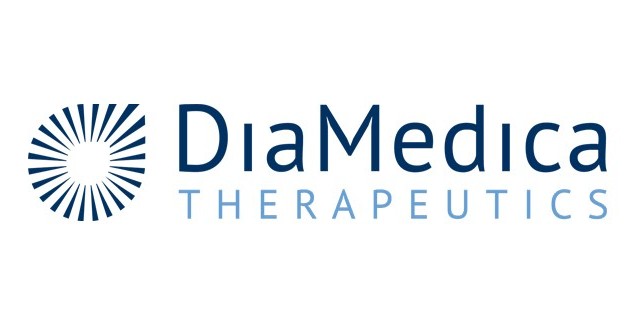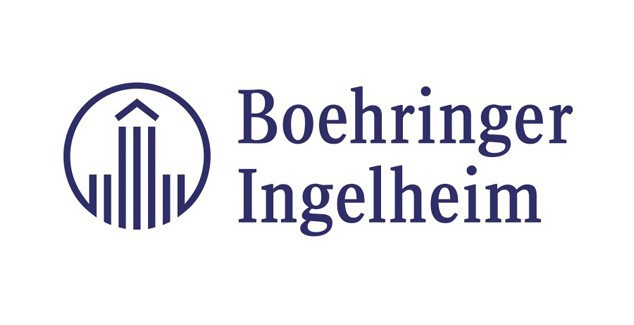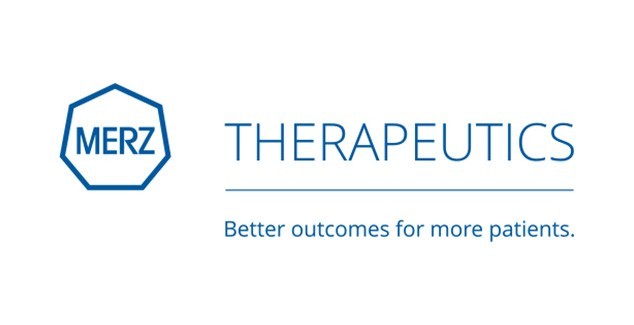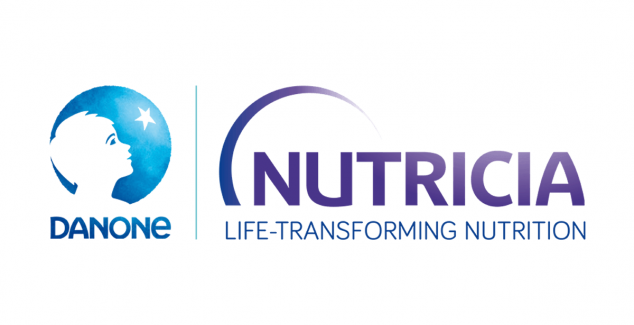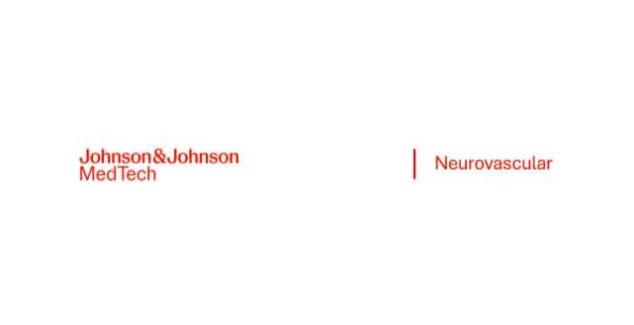NEWS RELEASE 29th May 2020, Geneva
GLOBAL STROKE LEADERS LAUNCH RADICAL STROKE AND DEMENTIA PREVENTION STRATEGY
The World Stroke Organization (WSO) has published a radical strategic framework that aims to transform prevention of stroke and dementia. Published in latest edition of The Lancet Neurology, the WSO Declaration on Global Prevention of Stroke and Dementia, recognizes the commonality and reciprocity of stroke and dementia risk and calls for urgent action by governments and healthcare policy bodies to address the limitations of current prevention strategy.
Over the past ten years the adult lifetime risk of stroke has increased from 1 in 6, to 1 in 4. Without new evidence-based interventions, the WSO projects a current trajectory of disease that will lead to an annual death toll of 12 million stroke deaths and 5 million dementia deaths by 2050.
Highlighting the need for action in low- and medium-risk populations, who will ultimately represent 80% of the stroke and cardiovascular disease burden, the Declaration identifies four interdependent interventions that will significantly reduce the incidence and prevalence of stroke and dementia. The strategy also takes into account the specific challenges experienced by governments and communities in Low- and Middle- Income countries, putting in place a lower cost alternative to current prevention approaches.
Key principles of the Declaration
1 Adoption of population wide strategies that reduce exposure to stroke risk factors such as tobacco, alcohol and food policies, as well as action to address environmental risk factors, including air pollution, across the lifespan of the whole population.
2 Implement and promote the adoption of motivational mobile technologies, e.g. the WSO endorsedStrokeRiskometer to identify individual risks and support action on lifestyle risk factors among adults.
3 Access to low dose combination of generic blood pressure and lipid-lowering therapies in one polypill for middle age and older adults with at least two behavioural or clinical stroke risk factors.
4 Investment, training and deployment of community health workers to facilitate implementation.
WSO presents combined research evidence that shows a combination of these interventions would lower the incidence and of stroke by 50% and dementia incidence by 30% while contributing to decrease in incidence of other non-communicable diseases which share common risk factors.
Another proposed shift of approach is to change the way risk is communicated to patients, by health professionals. Current categorisation into low-, medium- and high-stroke risk can give a false sense of security for those who are told they are low or medium risk and may not take into account all risk factors that are present. The global stroke body instead calls for a more holistic approach, that places stroke risk on a continuum and encourages early intervention and a life-course approach to risk reduction.
WSO President Prof Michael Brainin, who champions the organization’s prevention effort said ‘COVID-19 has spurred previously inconceivable levels of government intervention and individual behaviour change around the world, but we have been effectively living with a stroke pandemic and a failing prevention strategy for years.
The need for radical action is clear and our prevention principles provide low cost, evidence-based approaches that if implemented globally would not only save millions of lives but would deliver savings of hundreds of billions of dollars annually. This is money that will be desperately needed to strengthen global health systems and to fuel economic recovery in the wake of COVID-19.’

 Member login
Member login


